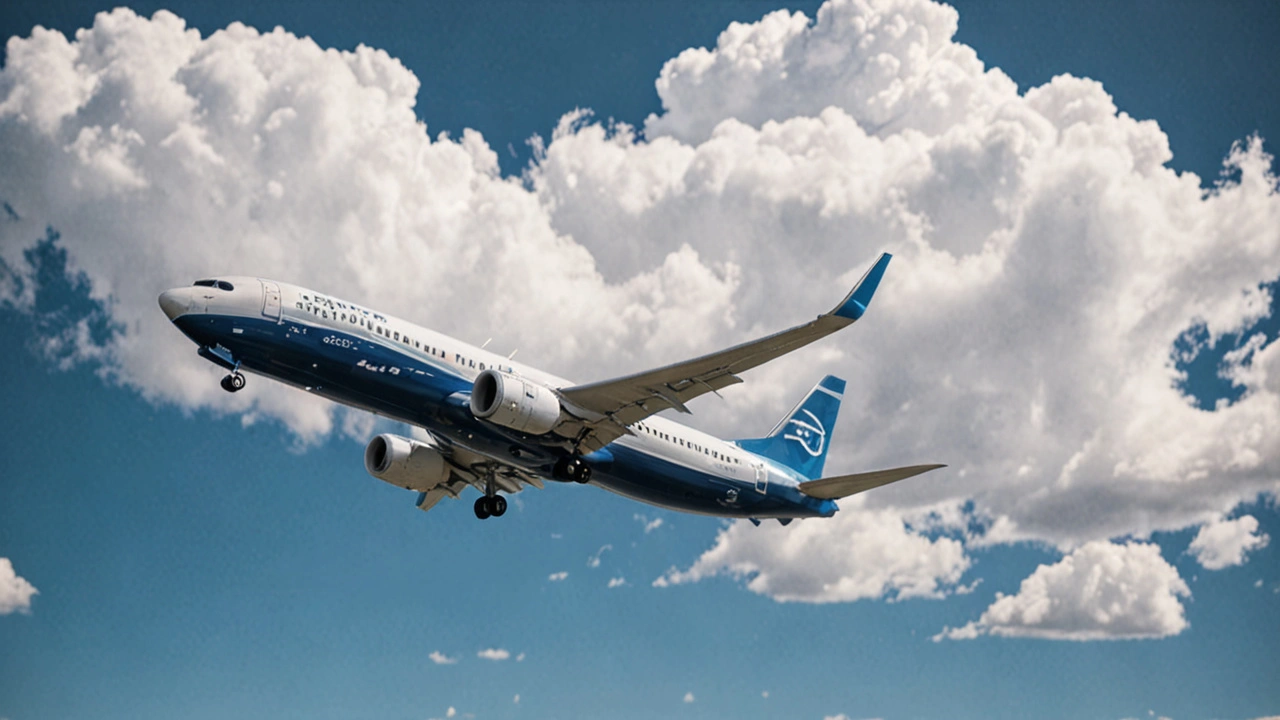The 737 MAX Controversy: A Comprehensive Look at Boeing's Criminal Case
The 737 MAX aircraft by Boeing has been at the center of one of the most significant controversies in modern aviation history. This article delves into the critical events and legal proceedings that have unfolded, shedding light on a series of dramatic incidents that have shaped the ongoing criminal case against Boeing.
The Tragedies that Sparked the Case: 2018-2019
On October 29, 2018, the aviation world was rocked by a catastrophe. A Lion Air 737 MAX crashed into the Java Sea just moments after takeoff, claiming the lives of all 189 passengers and crew members on board. The immediate aftermath saw investigators working tirelessly to understand the causes behind such a devastating accident. Unfortunately, before the dust had settled, another tragedy struck. On March 10, 2019, an Ethiopian Airlines 737 MAX crashed shortly after departure, resulting in the loss of all 157 people aboard.
In both disasters, a common thread emerged: the Maneuvering Characteristics Augmentation System (MCAS) software. This system was designed to correct the aircraft's nose position automatically, but in these instances, it had malfunctioned, pushing the nose down uncontrollably. Boeing soon acknowledged that flaws in the MCAS were significant contributors to the crashes, setting the stage for a series of intense investigations.
The Investigations and Early Legal Actions: 2020-2021
The immediate aftermath of the accidents saw a flurry of investigations. By 2020, a comprehensive US congressional investigation had meticulously detailed repeated failures by both Boeing and air safety officials. The report painted a troubling picture of oversight lapses and regulatory shortcomings, bolstering calls for accountability.
In response to these findings, the Department of Justice (DOJ) took decisive action. In 2021, the DOJ struck a deferred prosecution agreement (DPA) with Boeing. This agreement stipulated that Boeing would pay $2.5 billion in fines and restitution and commit to improving its compliance and quality control practices. Crucially, the DPA was designed to expire in three years, provided Boeing met its terms. For Boeing, this agreement represented both a significant financial penalty and an opportunity to rectify its processes.
Continued Legal Battles and New Developments: 2022-2023
The years that followed were marked by continued legal battles and developments. In 2022, attention focused on a former Boeing pilot, Mark Forkner, who faced charges of misleading regulators during the certification process for the 737 MAX. After a high-profile trial, Forkner was acquitted, adding further complexity to the narrative.
In 2023, the case against Boeing took another significant turn. The company pled not guilty to a fraud charge, leading to a rigorous examination of its actions and the deferred prosecution agreement. Despite efforts to bolster the DPA, a judge ultimately rejected these arguments, leaving Boeing in a precarious position.
Unforeseen Incidents and Final Plea: 2024
Even as legal battles raged on, operational challenges continued to surface. In 2024, an Alaska Airlines 737 MAX experienced a panel blowout, necessitating an emergency landing. This incident underscored lingering safety concerns and fueled ongoing scrutiny of Boeing's compliance with the 2021 DPA.
The DOJ concluded that Boeing had failed to uphold its obligations under the DPA, opening the door to possible prosecution. Boeing, while initially contesting this conclusion, eventually agreed to plead guilty to conspiracy to defraud the United States. This plea deal, set to be finalized by July 19, represents a significant chapter in the 737 MAX saga.
Lessons and Implications
The tumultuous journey of the 737 MAX case against Boeing highlights the profound implications of corporate oversight and accountability in the aviation industry. As the legal proceedings continue to unfold, industry stakeholders and the public will be closely watching the measures Boeing takes to restore trust and improve safety protocols. The lessons from this case are likely to resonate across the aviation sector for years to come, prompting critical reflections and reforms in regulatory and corporate practices alike.







Write a comment